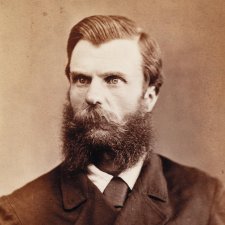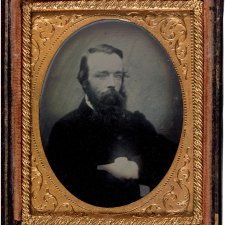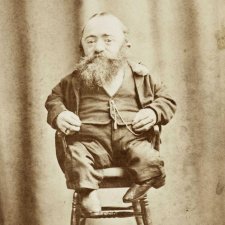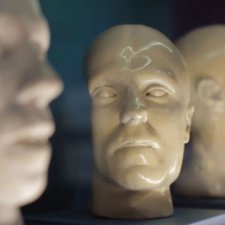
NPPP 2012 exhibition essay
Joanna Gilmour, National Photographic Portrait Prize judge and curator, introduces the 2012 Prize.

The Waxworks
Waxworks were among the various types of entertainment venue to emerge in Australian cities in the mid-nineteenth century.

The Portrait Gallery
Photography played a significant role in the circulation of messages about law and order, and in the creation of sensation and celebrity.

The Parlour
The Victorian era has been described as one wherein death was a part of everyday experience. People died at home having been nursed in their final illnesses by family members.

The Library
By the end of the eighteenth century, crime, criminals and punishment were standard subjects for those engaged in the English print trade.

The Freak Show
Many performers availed themselves of the services of photographic studios, posing for carte de visite portraits that served as souvenirs and as instruments in the making of renown and notoriety.

The Dissecting Room
Though initially developed by physicians, phrenology was taken up by certain non-medical practitioners who applied the theory to social questions such as education and criminal reform.

NPPP 2013 exhibition essay
Joanna Gilmour, National Photographic Portrait Prize judge and curator, introduces the 2013 Prize.




